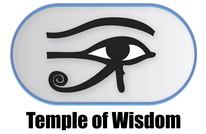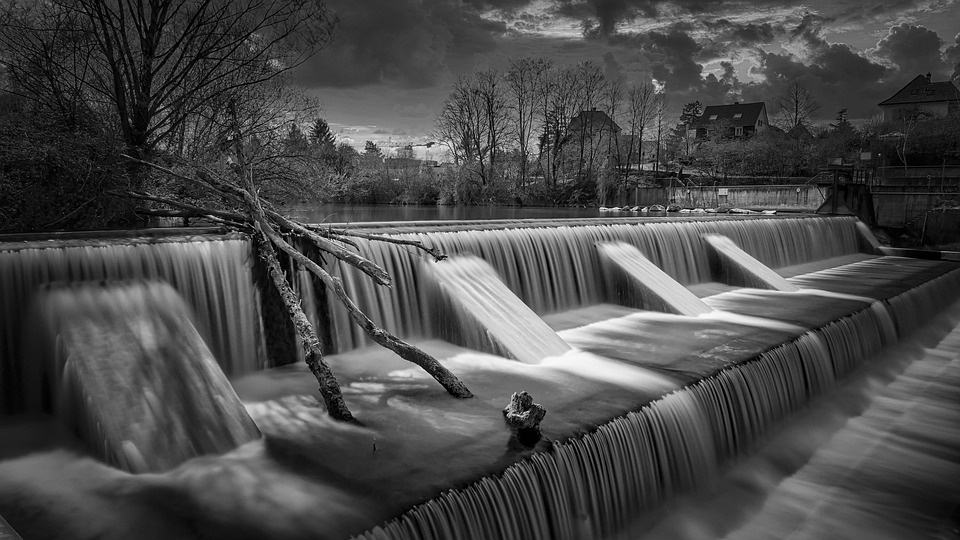
The British punk movement of the 1970s was a countercultural movement that emerged in the United Kingdom and spread to other parts of the world. It was a response to the social, economic, and political conditions of the time, which were marked by rising unemployment, inflation, and social unrest. Punk was characterized by its rebellious attitude, anti-establishment sentiment, and DIY ethos. In this essay, we will explore how the British punk movement challenged traditional cultural norms and influenced art and culture in the UK and beyond.
The punk movement emerged in the mid-1970s in the UK, at a time when the country was facing economic decline, political uncertainty, and social unrest. The punk movement was a reaction to the social and cultural norms of the time, which were seen as oppressive, conformist, and out of touch with the realities of working-class life. Punk challenged these norms in several ways, including its rejection of mainstream culture, its DIY approach to music and fashion, and its embrace of subversion and rebellion.
One of the ways in which punk challenged traditional cultural norms was by rejecting mainstream culture and its values. The punk movement rejected the mainstream music industry and its focus on profit and commercial success. Instead, punk bands operated independently, producing their own records and distributing them through small record labels and independent distributors. This DIY approach to music production allowed punk bands to express themselves freely, without the constraints of commercial success or the need to conform to industry standards. This rejection of the mainstream music industry was also reflected in punk fashion, which was characterized by ripped clothes, safety pins, and other DIY elements.
Another way in which punk challenged traditional cultural norms was by its embrace of subversion and rebellion. Punk was a countercultural movement that rejected mainstream values and embraced subversion and rebellion. This was reflected in the lyrics and music of punk bands, which often criticized social norms, institutions, and authority figures. Punk music was raw, aggressive, and confrontational, and it often dealt with themes of alienation, social inequality, and political corruption. This rejection of authority was also reflected in punk fashion, which often included provocative and offensive elements, such as t-shirts with offensive slogans or punk hairstyles.
Punk also challenged traditional cultural norms by its embrace of diversity and inclusivity. The punk movement was a multicultural movement that embraced diversity and inclusivity. Punk bands included members from different ethnic, social, and cultural backgrounds, and they often sang about issues that affected marginalized communities, such as racism, sexism, and homophobia. Punk also challenged traditional gender roles, with many female punk musicians and fans rejecting traditional femininity and embracing a more androgynous or masculine style.
Finally, punk challenged traditional cultural norms by its influence on art and culture in the UK and beyond. Punk had a profound impact on art and culture in the UK and beyond, influencing music, fashion, visual art, and literature. Punk music influenced other genres of music, such as post-punk, new wave, and alternative rock. Punk fashion influenced fashion designers, such as Vivienne Westwood and Malcolm McLaren, who were instrumental in creating the punk fashion aesthetic. Punk visual art influenced the graphic design of record sleeves and posters, as well as the aesthetics of art movements such as neo-expressionism and street art. Punk literature influenced writers such as J.G. Ballard, Irvine Welsh, and Will Self, who incorporated punk themes and aesthetics into their work.
In conclusion, the British punk movement of the 1970s challenged traditional cultural norms in several ways, including its rejection of mainstream culture, its embrace of subversion and rebellion, its embrace of diversity and inclusivity, and its influence on art and culture. Punk was a countercultural movement that rejected mainstream values and embraced the DIY ethos, and it had a profound impact on art and culture in the UK and beyond. The punk movement was a significant cultural phenomenon that challenged the dominant social norms and values of its time and paved the way for new forms of artistic expression and social activism. Its legacy continues to be felt in contemporary art, music, and culture, inspiring new generations of artists and activists to challenge the status quo and fight for social justice and equality. Therefore, the British punk movement was a crucial cultural and artistic movement that challenged traditional cultural norms and created a new cultural paradigm that continues to inspire and influence art and culture around the world.







